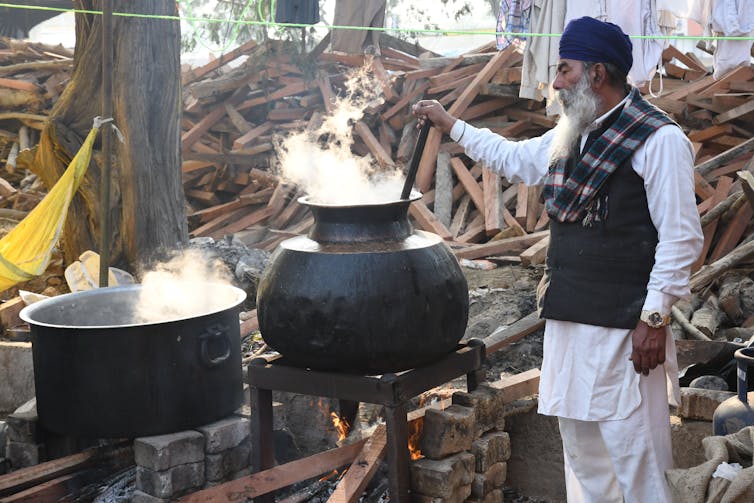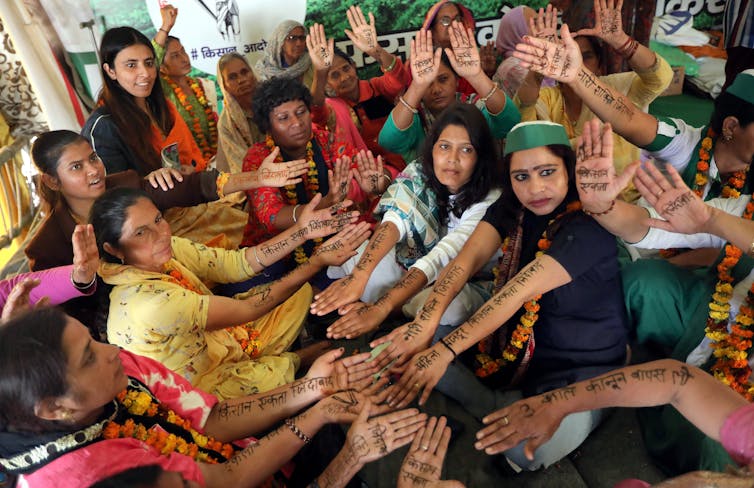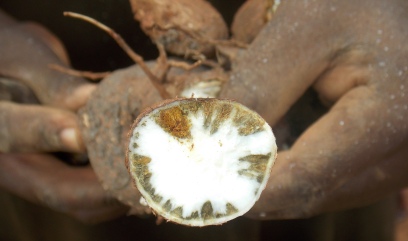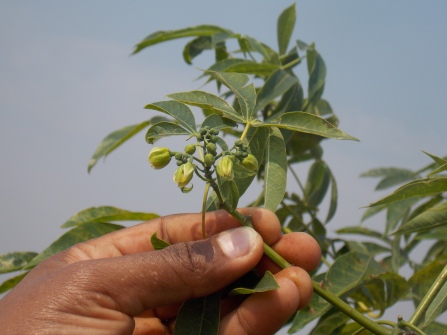 |
| Dr Taro Takahashi and Dr Vicky Jones |
In conversation with Dr Taro Takahashi, Theme Leader, and Dr Vicky Jones, Development Associate at the Cabot Institute
Why did you choose to become a theme leader at Cabot Institute?
T.T: While working for Cabot in my previous role (Director for the Cabot Master’s programme), I saw first-hand the breadth of food-related research across the university. This made me wonder — wouldn’t it be rewarding to work more with these talented colleagues and help develop a research community that can transform the agri-food landscape in Bristol and beyond?
In your opinion, what is one of the biggest global challenges associated with your theme?
V.J: The biggest and very broad challenge is how to feed a growing population sustainably. We know that the food system is a major driver of climate change through changes in land use and production of greenhouse gases – as well as the depletion of freshwater resources and pollution of ecosystems. To meet the targets set in the Paris Agreement it is simply not possible to continue as we are. Yet our population is growing, with some estimates that we will need to produce more food in the next 35 years that we have ever produced in human history.
In addition, environmental degradation such as soil degradation, freshwater availability and biodiversity loss seriously threaten our ability to produce the food we require. And increased levels of CO2 reduce the nutritional content of some food products. Whilst extreme weather conditions, worsened by climate change, such as heatwaves and floods can significantly impact food availability.
And finally, there are extreme inequalities in the food system, both within the UK and globally. One in three people across the world currently suffer from malnutrition of some form whilst more than half the population are either overweight or obese.
T.T: 100% agree with Vicky. We need to identify the best way to make this transition happen while impacting on people’s livelihood and happiness as little as possible.
As we are looking into the future, what longer term projects are there in your theme?
T.T: We would like to make a better use of the University of Bristol campus — a community of 30,000 people — as a testbed for interventions. We cover both the most upstream points (Fenswood and Wyndhurst Farms) and the most downstream points (Source Cafes, Source Bars and residence canteens) of agri-food supply on campus so there are hundreds of strategies we can try to make the system more sustainable. As an additional bonus, quantifying these improvements may also make us prouder to be part of the University of Bristol family, including those who don’t directly work in this area. To realise these goals, we are now trying to work much more closely with the operational departments in the university, and in particular Catering, Sustainability and Estates. And the level of commitment they show to agri-food sustainability has just been amazing.
V.J: Here are long-term activities and projects that might be of interest: Living Laboratory, High Yield Farming, Working for ‘five a day’, and CONNECTED.
Across the portfolio of projects in your theme, what type of institutions are you working with?
T.T: Upstream we mainly work with local farmers, National Farmers’ Union, Defra as well as seed and agrochemical companies. Downstream we primarily work with retailers and consumer groups, both directly and through the Bristol Food Network. In addition, the Bristol City Council is an extremely important partner whose advice on our theme has been invaluable.
What disciplines are currently represented within your theme?
V.J: There are 135 people that are currently members of the Food theme from the following disciplines:
Geography, Civil Engineering, Policy Studies, Chemistry, Sociology, politics and international studies, Earth sciences, History, Biological sciences, English, Vet School, Physics, Management, Psychology, Anthropology, Law… but this number is always growing!
In your opinion, why is it important to highlight interdisciplinary research both in general and here at Bristol?
T.T: In the context of food research, my top answer would be because otherwise ‘solutions’ to agri-food sustainability are often infeasible. For example, I often speak with livestock producers, who as you know are associated with a large amount of greenhouse emissions, and one of the remarks I most frequently hear from them is that they don’t know what to do with the definition of ‘new sustainable diets’ that are reported in the media. I mean, you are a grassland farmer in a high rainfall area who is now told that lentils are better — but it’s not like you can strip off the grass and grow lentils profitably overnight. So any new proposal made downstream must be accompanied by technologies upstream, including both the farm and food processors. Equally, any new proposal made upstream must be accompanied by consumer demand; otherwise, the market price would not support the transition. This cannot be done unless you have an interdisciplinary team that is committed to real-world solutions.
Are there any projects which are currently underway in your theme which are interdisciplinary that you believe should be highlighted in this campaign?
V.J: An interesting project that is currently running is titled “Could disappearing glaciers threaten regional food security?”. This is combining history with glaciology and social science. Another is a partnership with Bristol based start-up LettUs Grow which is focused on vertical farming.
For more information, visit our theme web page – Food Security.










